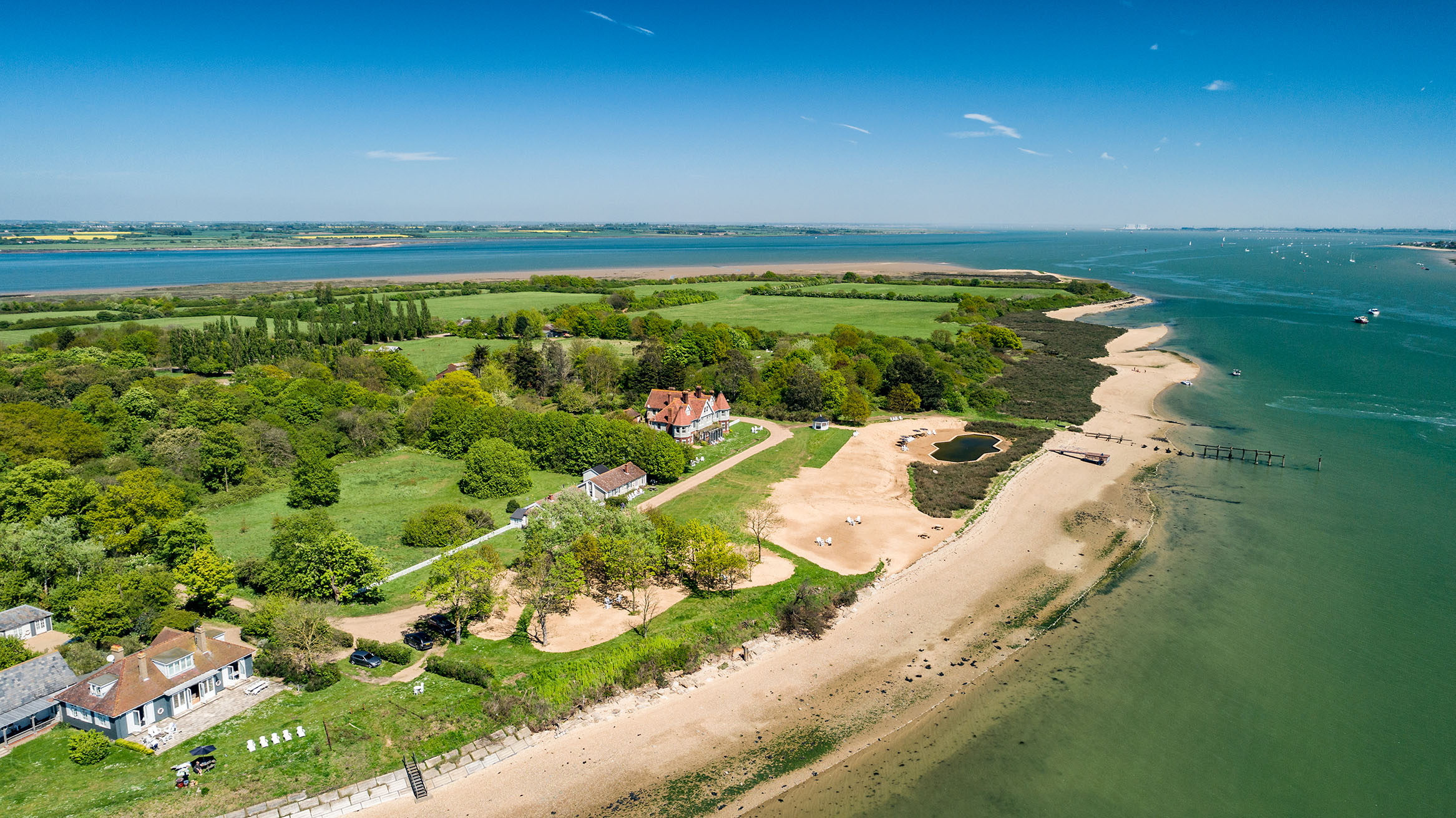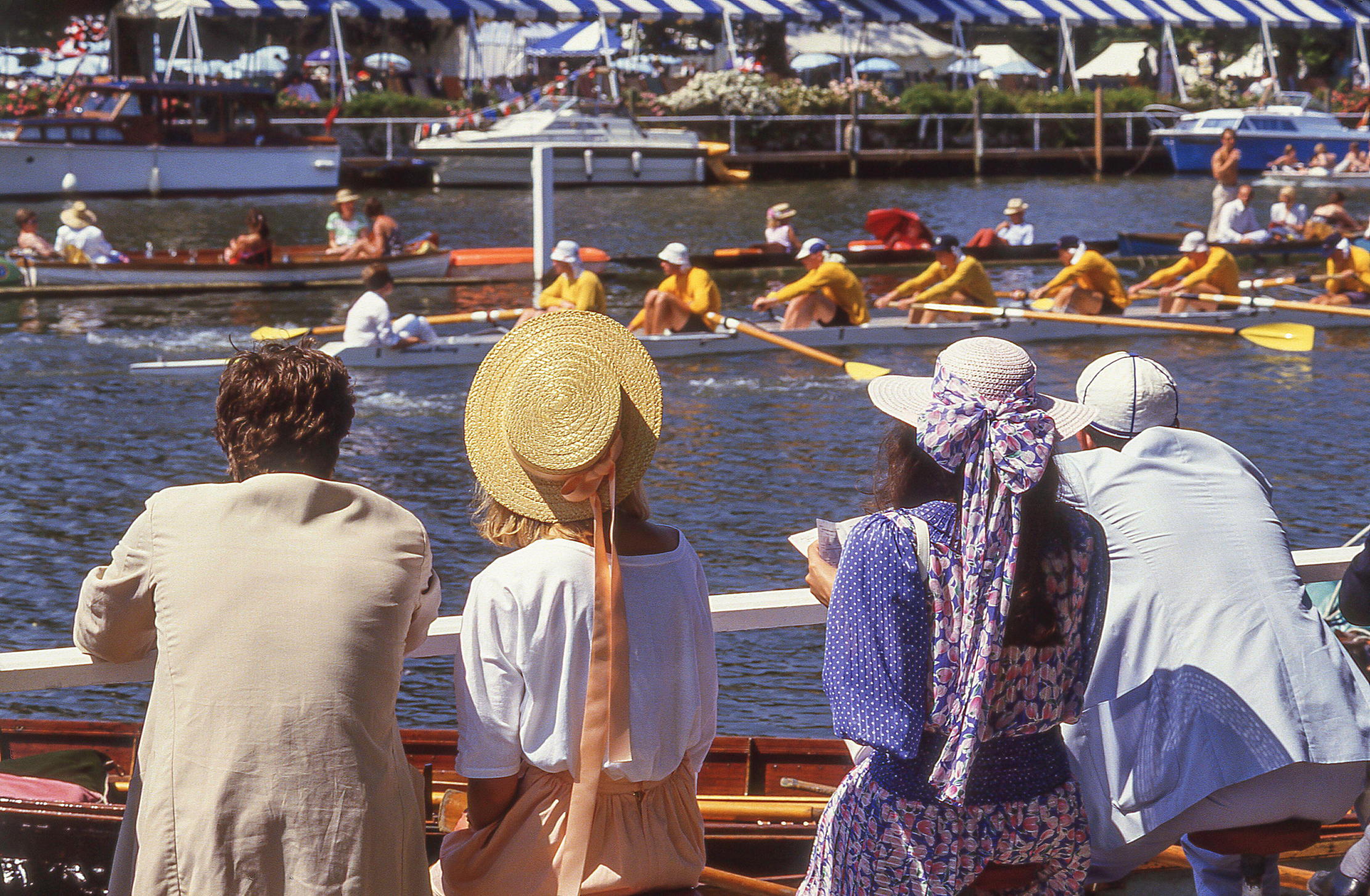Book Review: Last Curtsey: The End of the English Debutante
Fiona MacCarthy’s nostalgic yet thought-provoking account of the lost debutante tradition leads Celestria Noel to ponder how times have changed

March 1958 saw the final batch of debs being presented to The Queen at Buckingham Palace. Looking like Princess Margaret, dressed in day dresses, with sticky out skirts and little petal hats, rather than the feathers and long dresses favoured before the war, almost 1,500 made their curtsies, coached in the art by Madame Vacani. There were more than in previous years, including some from abroad, as mothers were determined that their daughters should not miss out. Time was being called on a ritual which had its origins in daughters of the nobility being presented to Queen Charlotte at Court in the 18th century.
At the time, pressure was being put on The Queen to modernise and become more inclusive. The previous year, Lord Altrincham had published his inflammatory article in his National and English Review, criticising not so much The Queen herself, but those around her. However, the presentations might have stopped anyway. They were becoming, as Betty Kenward better known as Jennifer noted, a bit of a racket, with broke peeresses acting as ?professionals?, presenting girls whose parents were happy to pay for the privilege. Being a deb was about to become infra dig. Fiona MacCarthy, who went up to Oxford after her season and then became a Guardian journalist and a respected biographer, admits to keeping quiet about it for years it wasn?t something to be mentioned in intellectual circles but finally decided that it was a worthwhile subject.
The result is a brilliant book, both serious social history and a personal memoir. She does not dismiss the whole thing as a ghastly embarrassment and only occasionally feels the need to Guardianise by reminding us, for example, that deb parties were, with the exception of those attended by Indian princes, all white.
Instead, she looks hard at her class and generation, at how they felt and acted, at what their parents wanted for them, and how differently their lives turned out. The world she describes is an odd mixture of the pre-war customs and post war-austerity, which saw dances given not in great town houses, but at the Dorchester Hotel (owned by her mother?s family, the McAlpines), and unpredictable country-house parties where the food was tinned soup and there was a fight for the bath water.
She points out that not all the debs were rich and vacuous: some, such as the artist Penny Graham, daughter of Clive Graham, the famous Daily Express racing correspondent, had brains and talent, but had a great time. Others were, indeed, reluctant debutantes who were more suited to the next decade. She says that the 1960s saw off the debs, but oddly enough, much of what she described was still going on in the early 1970s when I came out. In fact, I think some of the same debs? delights were still around, subsisting on canapés. The season was still lingering when I became Jennifer in the early 1990s.
I may even have witnessed the first deb morphing into an It Girl, when Lady Victoria Hervey modelled at the Berkeley Dress Show en route to becoming a tabloid celebrity. In fact, the party girls pictured every day in the papers are really not so different from 1958 Deb of the Year Sally Croker-Poole (later the Begum Aga Khan), except that they no longer need to learn to curtsey.
Sign up for the Country Life Newsletter
Exquisite houses, the beauty of Nature, and how to get the most from your life, straight to your inbox.
Country Life is unlike any other magazine: the only glossy weekly on the newsstand and the only magazine that has been guest-edited by HRH The King not once, but twice. It is a celebration of modern rural life and all its diverse joys and pleasures — that was first published in Queen Victoria's Diamond Jubilee year. Our eclectic mixture of witty and informative content — from the most up-to-date property news and commentary and a coveted glimpse inside some of the UK's best houses and gardens, to gardening, the arts and interior design, written by experts in their field — still cannot be found in print or online, anywhere else.
-
 380 acres and 90 bedrooms on the £25m private island being sold by one of Britain's top music producers
380 acres and 90 bedrooms on the £25m private island being sold by one of Britain's top music producersStormzy, Rihanna and the Rolling Stones are just a part of the story at Osea Island, a dot on the map in the seas off Essex.
By Lotte Brundle
-
 'A delicious chance to step back in time and bask in the best of Britain': An insider's guide to The Season
'A delicious chance to step back in time and bask in the best of Britain': An insider's guide to The SeasonHere's how to navigate this summer's top events in style, from those who know best.
By Madeleine Silver